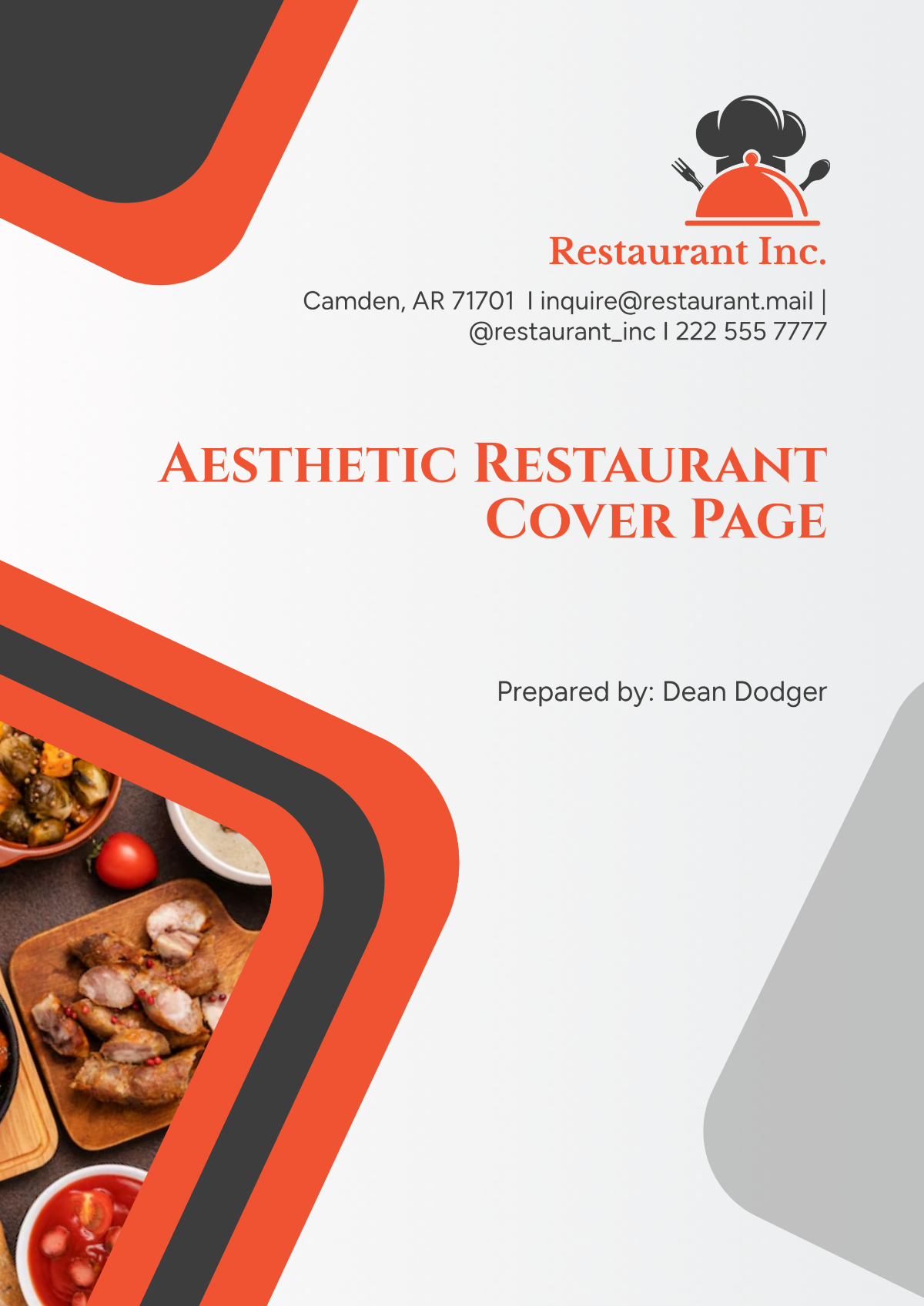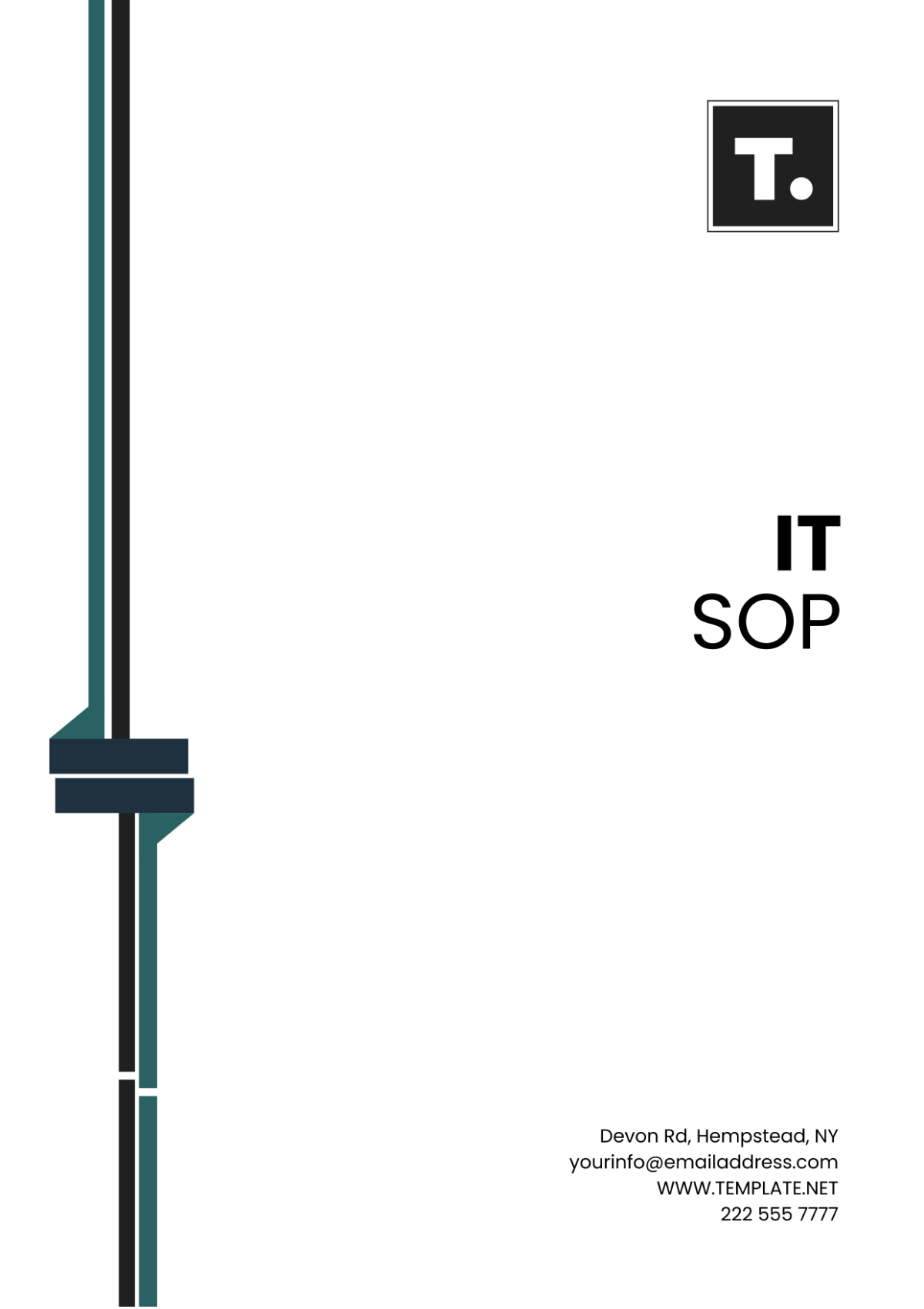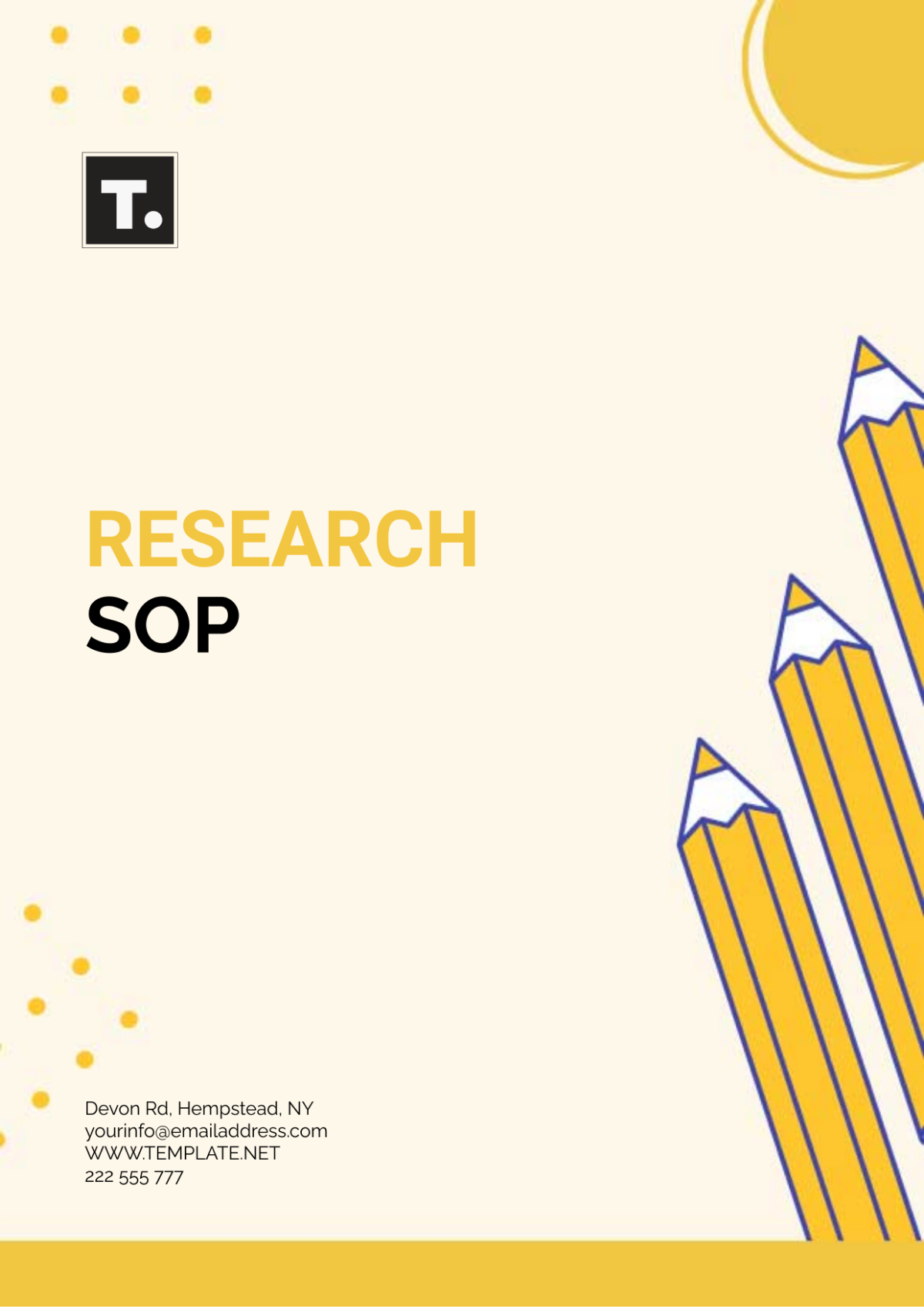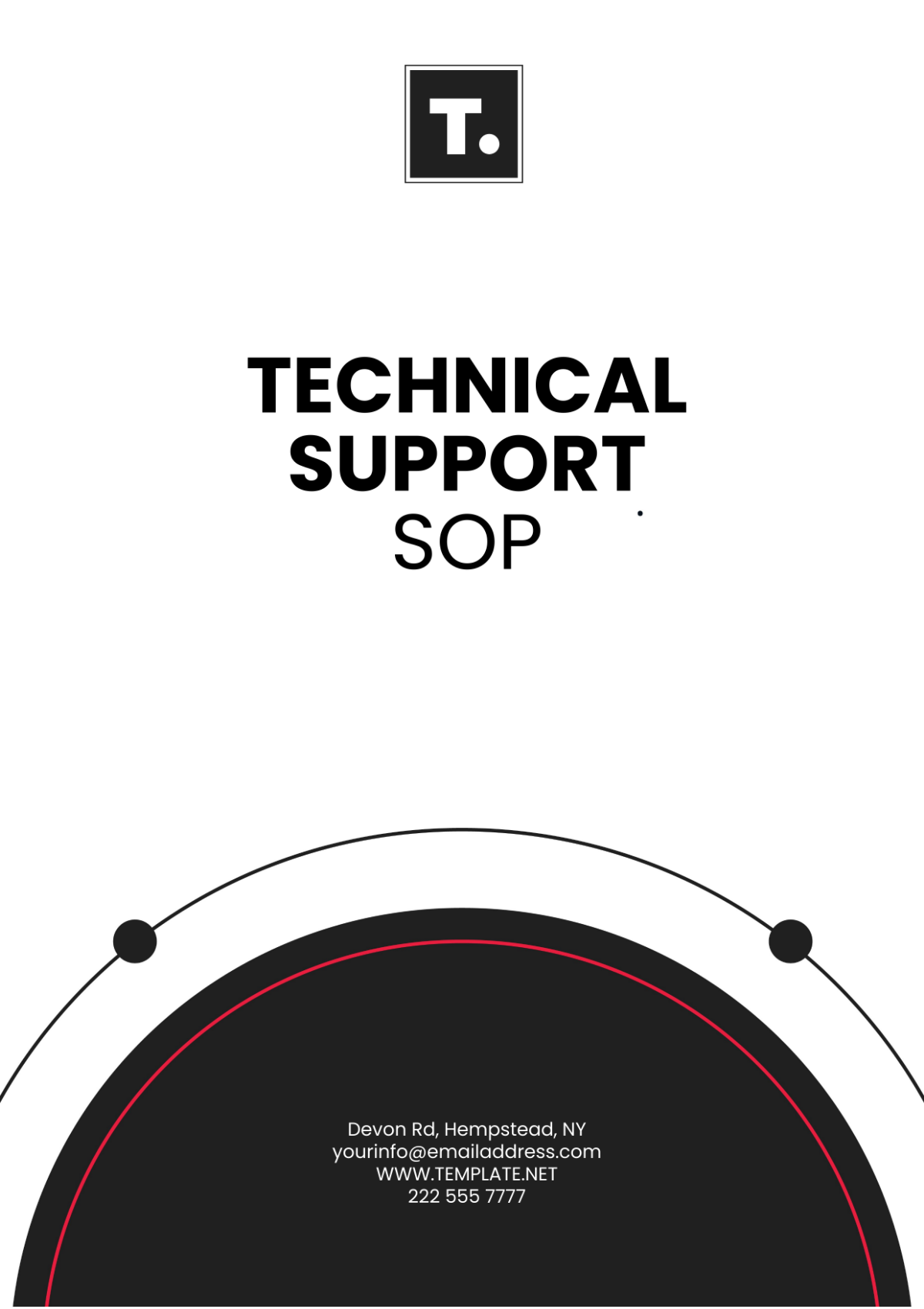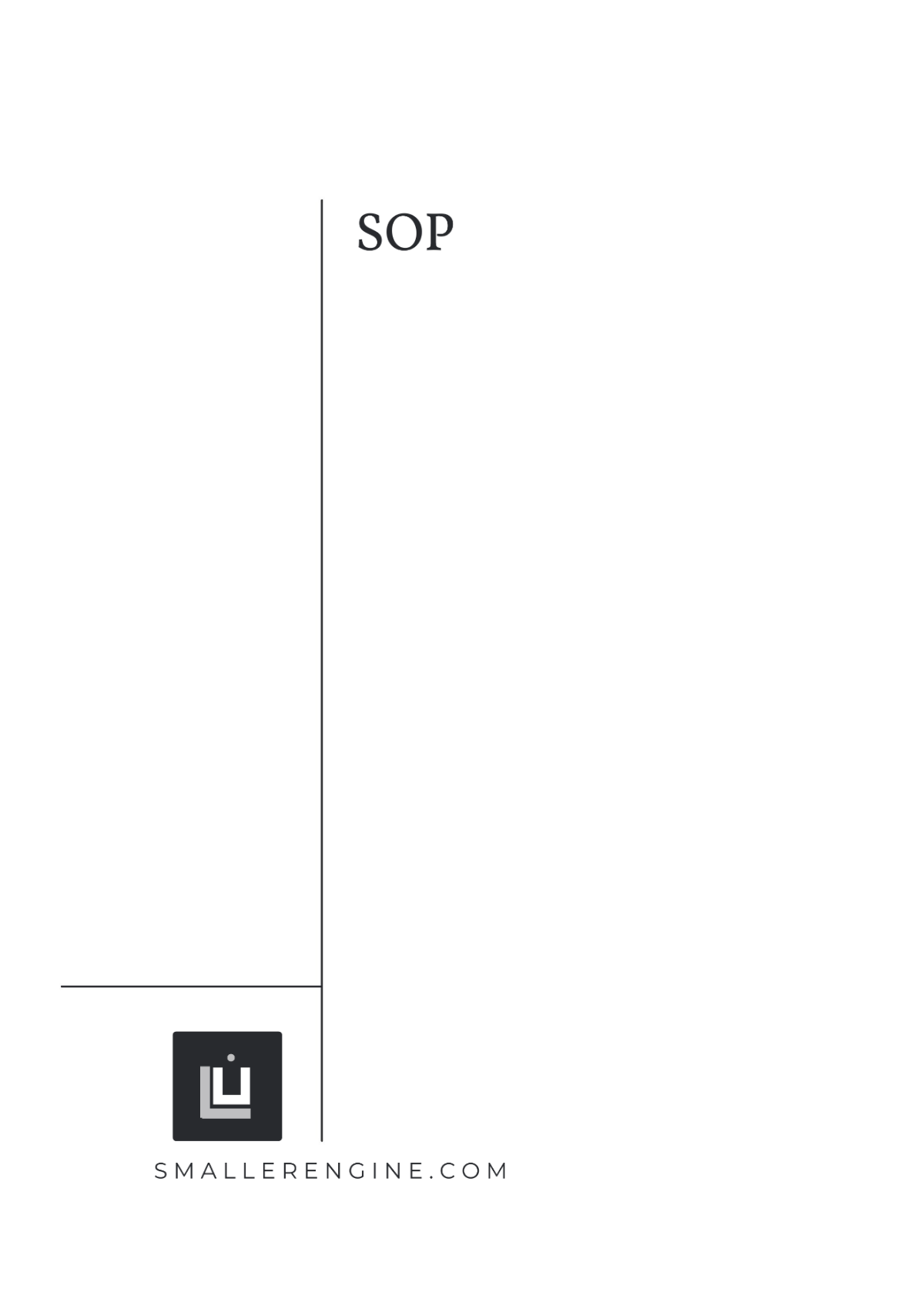Free Security SOP Template
Security Standard Operating Procedure (SOP)
I. Introduction
The Security Standard Operating Procedure (SOP) is designed to ensure [Your Company Name]'s [Your Department] adheres to the highest standards of security protocols and procedures. This SOP outlines the necessary steps and guidelines to maintain a safe and secure environment for all employees, visitors, and assets.
II. Purpose
The purpose of this SOP is to:
Establish clear security protocols to protect [Your Company Name]'s premises, assets, and personnel.
Standardize security procedures to ensure consistency and effectiveness.
Guide security personnel on their roles and responsibilities.
III. Scope
This Standard Operating Procedure applies to and has to be strictly followed by every individual present within the premises of [Your Company Name], including not just the full-time employees, but also contractual workers and visitors. Besides, it is also relevant and applicable to all assets located within the boundaries of the company's premises.
IV. Responsibilities
A. [Security Manager]
Develop and maintain security policies and procedures.
Ensure compliance with regulatory requirements.
Oversee security training programs for employees.
B. [Security Officers]
Patrol designated areas to deter and detect security threats.
Monitor surveillance equipment and report any suspicious activity.
Respond promptly to security incidents and emergencies.
V. Access Control
A. Physical Access
All employees must use their [Access Badge] to access the premises.
Visitors must sign in at the reception and receive a visitor badge.
Unauthorized individuals must be escorted at all times.
B. Digital Access
Employees must use unique login credentials to access [Your Company Name]'s network.
Access to sensitive information should be restricted based on job roles.
Regularly update passwords and enforce multi-factor authentication.
VI. Security Measures
A. Surveillance
Install CCTV cameras at strategic locations to monitor activity.
Ensure cameras cover all entry and exit points.
Regularly review footage for security purposes.
B. Alarm Systems
Install alarm systems to alert security personnel of unauthorized entry.
Conduct regular tests to ensure alarm systems are functioning correctly.
Provide training to employees on responding to alarm activations.
C. Emergency Procedures
Develop evacuation plans for various scenarios (fire, natural disasters, etc.).
Conduct regular drills to familiarize employees with evacuation procedures.
Establish communication protocols for emergencies.
VII. Incident Reporting
A. Reporting Process
Employees witnessing security breaches must report immediately to [Security Manager].
Use the designated incident reporting form to document details of the incident.
Provide accurate and timely information to aid in investigation and resolution.
B. Investigation
[Security Manager] or designated personnel will investigate reported incidents.
Preserve evidence and interview relevant witnesses.
Implement corrective actions to prevent future occurrences.
VIII. Training and Awareness
A. Security Awareness
Conduct regular security awareness training for all employees.
Educate employees on identifying security threats and reporting procedures.
Provide resources for employees to stay updated on security best practices.
B. Emergency Response Training
Provide training on responding to various emergency scenarios.
Ensure employees are familiar with evacuation routes and assembly points.
Review training materials periodically to incorporate updates.
IX. Documentation and Record Keeping
A. Documentation
Maintain records of security incidents, drills, and training sessions.
Store documentation in a secure and accessible location.
Regularly review and update documentation as necessary.
B. Record Keeping
Retain records following regulatory requirements.
Implement measures to protect sensitive information from unauthorized access.
Dispose of records securely when no longer required.
X. Compliance
A. Regulatory Compliance
Stay informed of relevant laws and regulations related to security.
Conduct regular audits to ensure compliance with regulatory requirements.
Take corrective actions to address any identified non-compliance issues.
B. Policy Review
Review and update security policies and procedures periodically.
Solicit feedback from stakeholders to improve effectiveness.
Communicate policy changes to all employees promptly.
XI. Conclusion
The Security Standard Operating Procedure (SOP) is a crucial document for maintaining a secure environment within [Your Company Name]. By adhering to the guidelines outlined in this SOP, we can mitigate security risks and ensure the safety of all individuals and assets.








